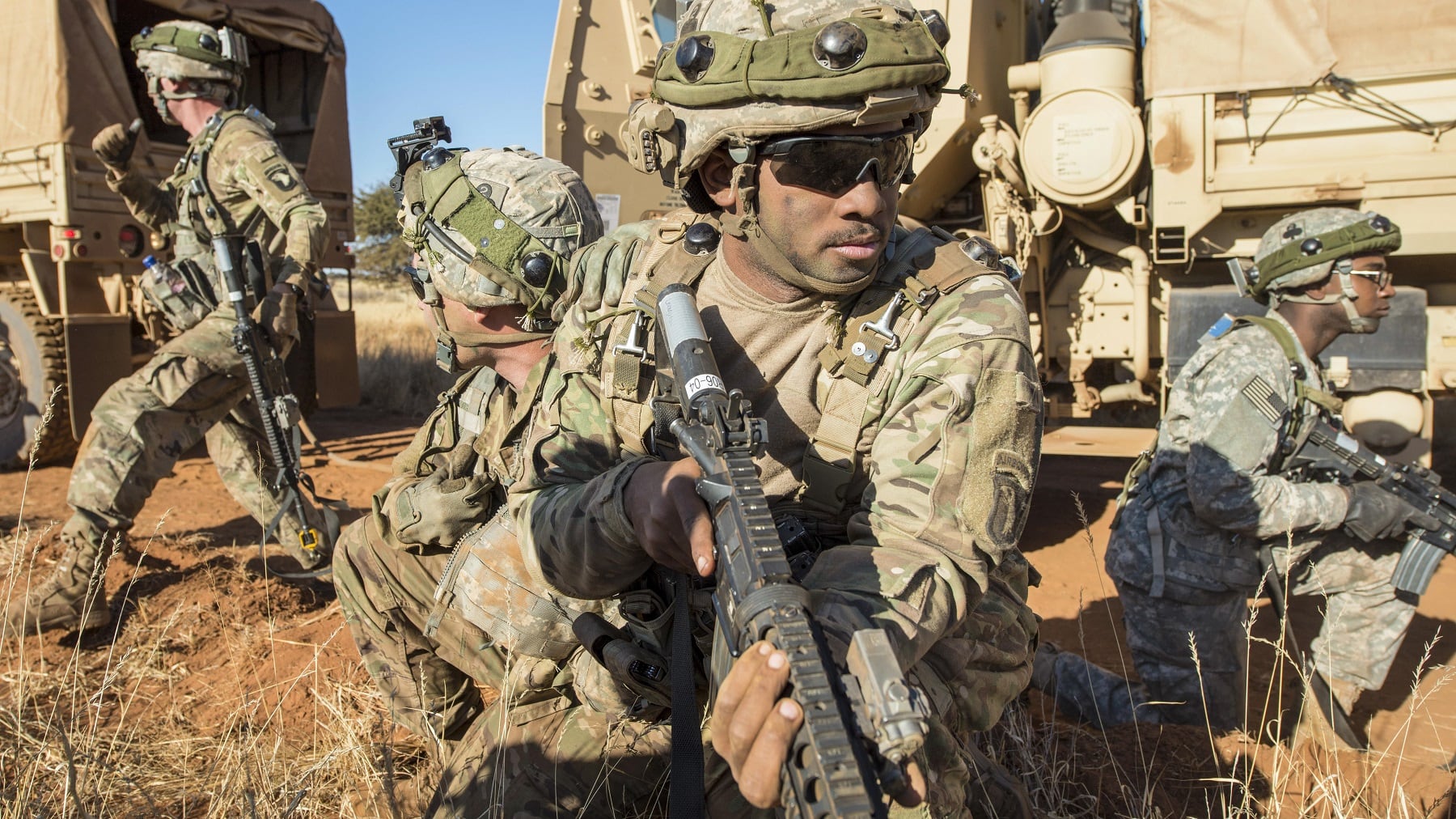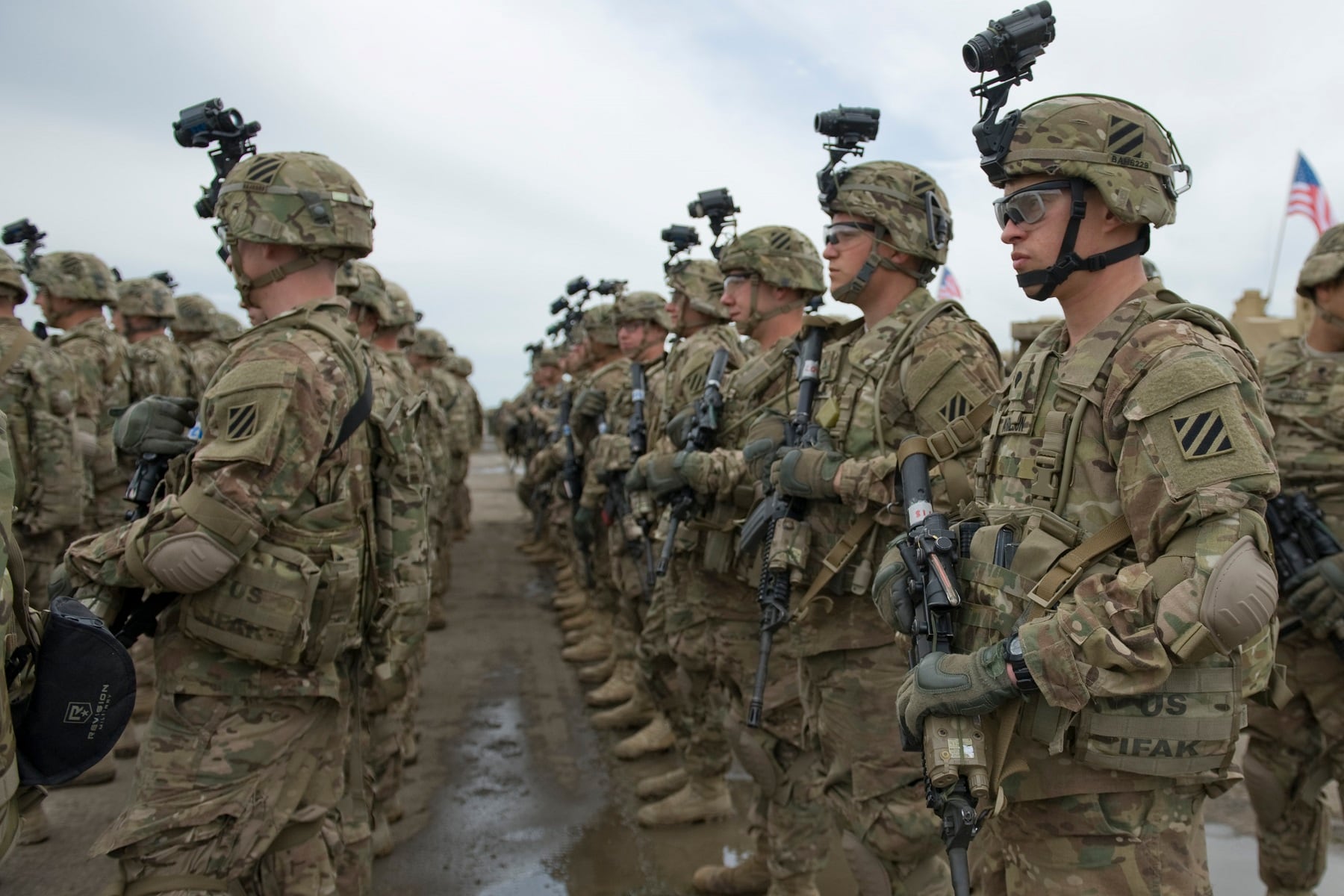The Oct. 4 attack on soldiers operating in Niger has thrown a spotlight on the Army’s train, advise and assist mission in Africa and other corners of the world, where troops are working outside of a combat role in support of host nations.
The Army is in the midst of standing up specific brigades to do only this job, Chief of Staff Gen. Mark Milley said Monday at the annual AUSA meeting in Washington, D.C. The Security Force Assistance Brigades are needed because they can meet a mission is expected to ramp up in the coming years, he said.
“We are training, advising and assisting indigenous armies all over the world,” Milley said. “And I anticipate and expect that’ll increase, not decrease, in years to come.”
Economic insecurity in Africa, combined with a host of violent extremist organizations encroaching on local populations, has created a flash point in northern and western Africa, on top of places like Afghanistan and Iraq, where U.S. troops have long been supporting local security forces.
RELATED

“Our fundamental strategic approach to dealing with terrorism and terrorists is to work by, with and through host nations, partnered nations, friends and allies, and work with their indigenous security forces in order to provide for a stable environment for their own country,” Milley said
A mix of both conventional and Special Forces are on the ground in these places, he added.
“The mission is, frankly, bigger than Special Forces has ever been designed or capable to handle,” Milley said.
Standing up six SFABs — five in the active component and one for the National Guard — will take some of that pressure off both Special Forces and existing combat brigades.
The new brigades will be made up of officers and noncommissioned officers who have already led in operational units, and who meet “Ranger-like standards,” Milley said.
“They will look and act, in many ways, and be trained similar to Special Forces, but they are not Special Forces,” he added.
In return, they will be rewarded with increased chances of promotion and their selection of a follow-on assignment.
At several hundred soldiers apiece, the new brigades will not take away from the Army filling out its divisions, thanks to this year’s 26,000-soldier increase to Army end strength.
And the Army hopes to continue that upward trend.
RELATED

“It’s not going to poach from existing force structure,” Milley said. “The people — we think we have room and the capability to sustain these organizations.”
The Army is looking on a micro-level at how SFABs will affect manning balance, but increasing end strength should absorb any strain, Milley said.
“That increase in troop strength has, in fact, alleviated some of the stress in order to man some of these SFABs,” he said. “We think we should be able to man the SFAB structures that we’re creating without any detriment to the other parts of the force.”
SFABs can also serve another purpose, he added, in the event of all-out war.
“We can rapidly expand the Army, in case of a national emergency, because we’ll have chains of command that are ready-made,” Milley said, filling them with soldiers fresh from initial training. “We can build brigades at a much faster pace than if you had to create them from whole cloth.”
Meghann Myers is the Pentagon bureau chief at Military Times. She covers operations, policy, personnel, leadership and other issues affecting service members.








